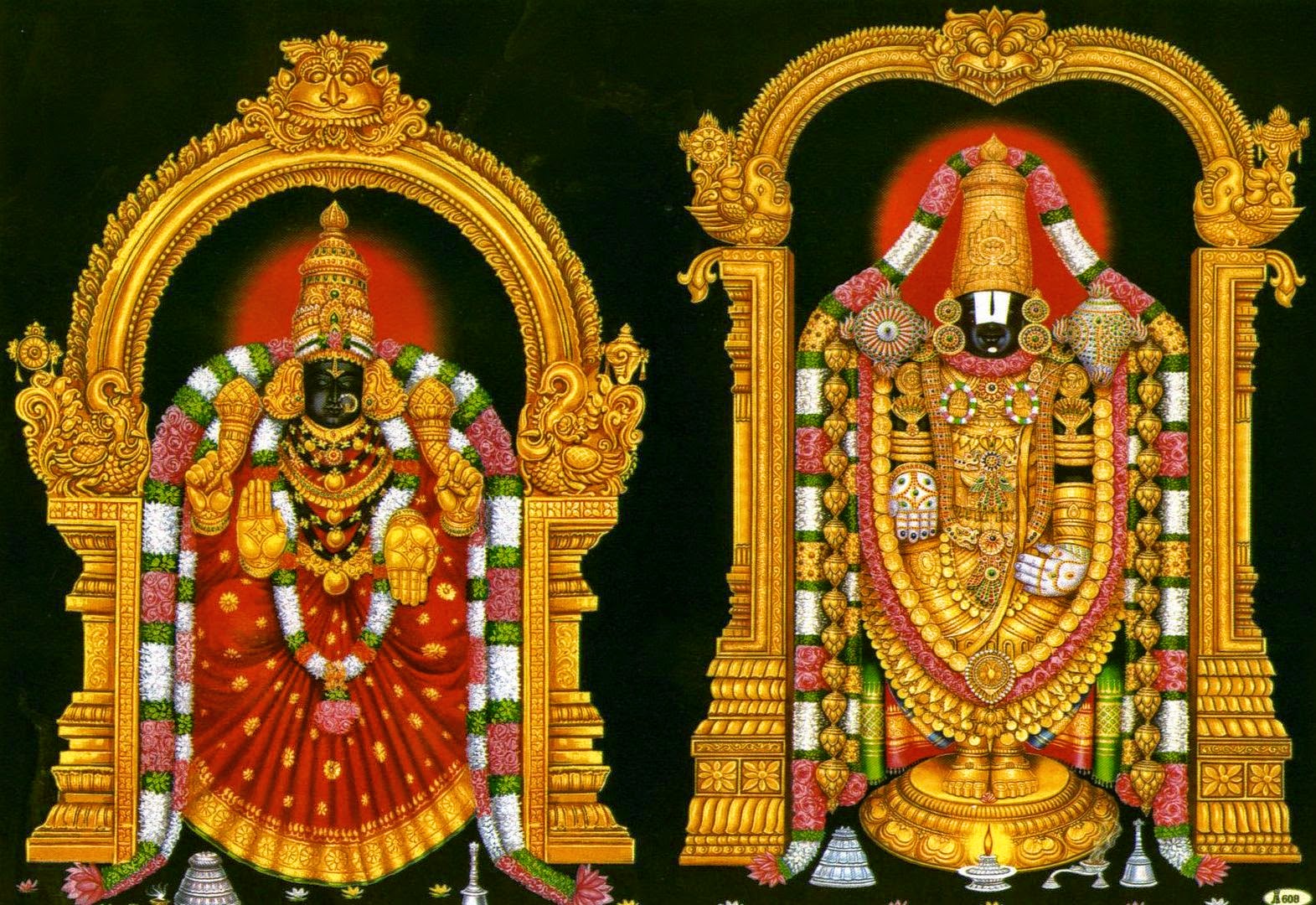The Spiritual Import of the Mahabharata and the Bhagavadgita : Ch-7. Part-1.
7: The Art of Meditation : 1.
Dhyana yoga, or the art of meditation, is the subject of the sixth chapter of the Bhagavadgita. The subject of the collecting of the forces of one’s personality into a centre is the great theme of this chapter. The dissipated energies of one’s individual personality, which channelise themselves through the senses in the direction of objects, are conserved and raised to a higher level of potency for the purpose of an ascent in a vertical direction, we may say, towards the realisation of the highest Self of the cosmos. So at the very beginning of the chapter we are asked to raise ourselves by our own selves—uddhared atmanatmnam. The self has to be raised by the Self, uplifted by the Self. We ourselves are to lift our own selves. The difficulty in the practice of this yoga is precisely in this interesting feature, namely, that the manipulator and that which is manipulated are one and the same. The meditator and that which is meditated upon do not stand apart as two principles or elements cut off from one another, but they combine to constitute a power by which the higher level has to be reached through the transcendence of the lower level. Uddhared atmanatmanam natmanam avasadayet: We should not deprecate or create despondency in ourselves. We should not condemn ourselves; we should not regard ourselves as weaklings, as nobodies, as sinners, as helpless victims, etc. This is not the attitude that we have to develop in regard to ourselves. We are none of these things—we are not helpless, we are not sinners, and we are not victims. All these are erroneous fabrications of the false personality, which is the obstacle to a clear perception of the truth of the universe.
We are always to tread the path of positivity and never the path of negativity. The whole art of yoga is a question of absorption of values and not of negation or repulsion. The more we are able to assume the attitude of absorption, comprehension, collaboration, cooperation, etc., the less we will find the necessity to repel, reject or to condemn things. The so-called objects, the so-called things of the world and circumstances which are regarded mostly as outside the self of one’s own being, are to be brought into our own selves from the objects and the various environments outside. Uddhared atmanatmanam natmanam avasadayet, atmaiva hy atmano bandhur atmaiva ripur atmanah: We have no enemies except our own selves and we have no friends except our own selves. Atmaiva hy atmano bandhur: The Self is the friend of the self, and the Self is also the enemy of the self.
Now, the word ‘Self’, or Atman, is used in two different senses. The higher Self and the lower self are both indicated by the common denomination of the word ‘self’—we may say the self with a small ‘s’ and the Self with a capital ‘S’. The higher Self is the friend of the lower self, and it is also the enemy of the lower self under different conditions. Just as the law is a friend of the citizen of a country, it also is an enemy of the citizen of a country, for different reasons. When one obeys the law of an atmosphere, that atmosphere becomes friendly. When one disobeys the law of the atmosphere in which one is placed, that law becomes a punishing medium. So, the higher Self becomes a friend of the lower self when the lower self abides by the law of the higher Self. The higher Self becomes the enemy of the lower self when the lower self asserts its own independent, egoistic attitude, contradicting the requirements of the law of the higher Self.
Swami Krishnananda
To be continued ...

.jpg)



Comments